Cooker Hoods: Extraction or Recirculation?
Cooker hoods are a long-term investment piece that need to be the best in both visual appeal and the job it does. When you choose your cooker hood, you will have the choice between two different processes: extracting or recirculating. Cooker hoods come in a variety of styles that will suit any kitchen. With different elements that can be matched with your cooking requirements, some cooker hoods are designed to be perfectly integrated into your kitchen's design.
Depending on where your cooker is going to be placed, this will determine what happens to all the moisture, grease and aromas from your cooking. When this air is extracted from your kitchen it needs to go somewhere, which is where your choice of extracting or recirculating comes in. It can either be sent outside or it can be recirculated back into the kitchen using carbon filters. Here is a bit more about both of these processes....
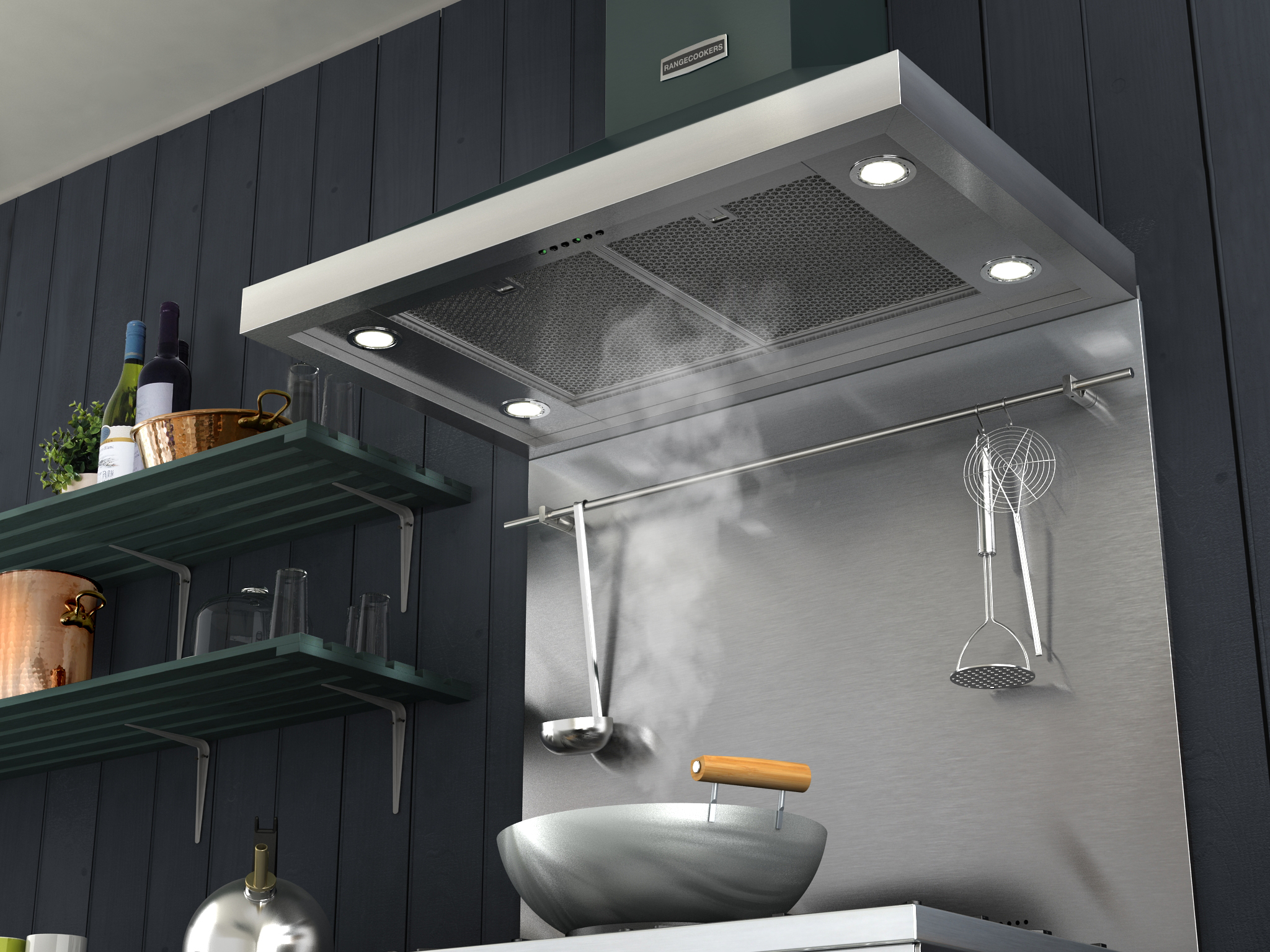
Extraction
An extraction hood simply sends the air outside through an external wall. Extraction requires access to an external wall in order to place the vent. This can sometimes be a problem as certain kitchen layouts won't allow this. When using the extraction method, air is drawn into the cooker hood where this will trap fats by using the grease filter and release the rest of the fumes outside. Although extraction hoods are more effective than recirculation hoods, they are more expensive to install due to all the extra requirements.
Recirculation
A recirculation hood pushes the air up through filters inside, which then remove any moisture and smells before the air is then reintroduced into your kitchen. Most recirculation hoods also feature a grease filter as well as a charcoal filter, which both work together to remove the food smells and any smoke from the air. A charcoal filter is required if you want to neutralise the odours whilst you're cooking. Recirculating cooker hoods are often cheaper than the extraction hoods as you don't need to consider the ducting that would be used for an extraction hood. However, what needs to be considered is the cost of replacement filters, as these do not last forever. A recirculating hood is perfect for someone who wants to redo their kitchen without worrying about the design features if your hood is not able to be situated close to an outside wall.
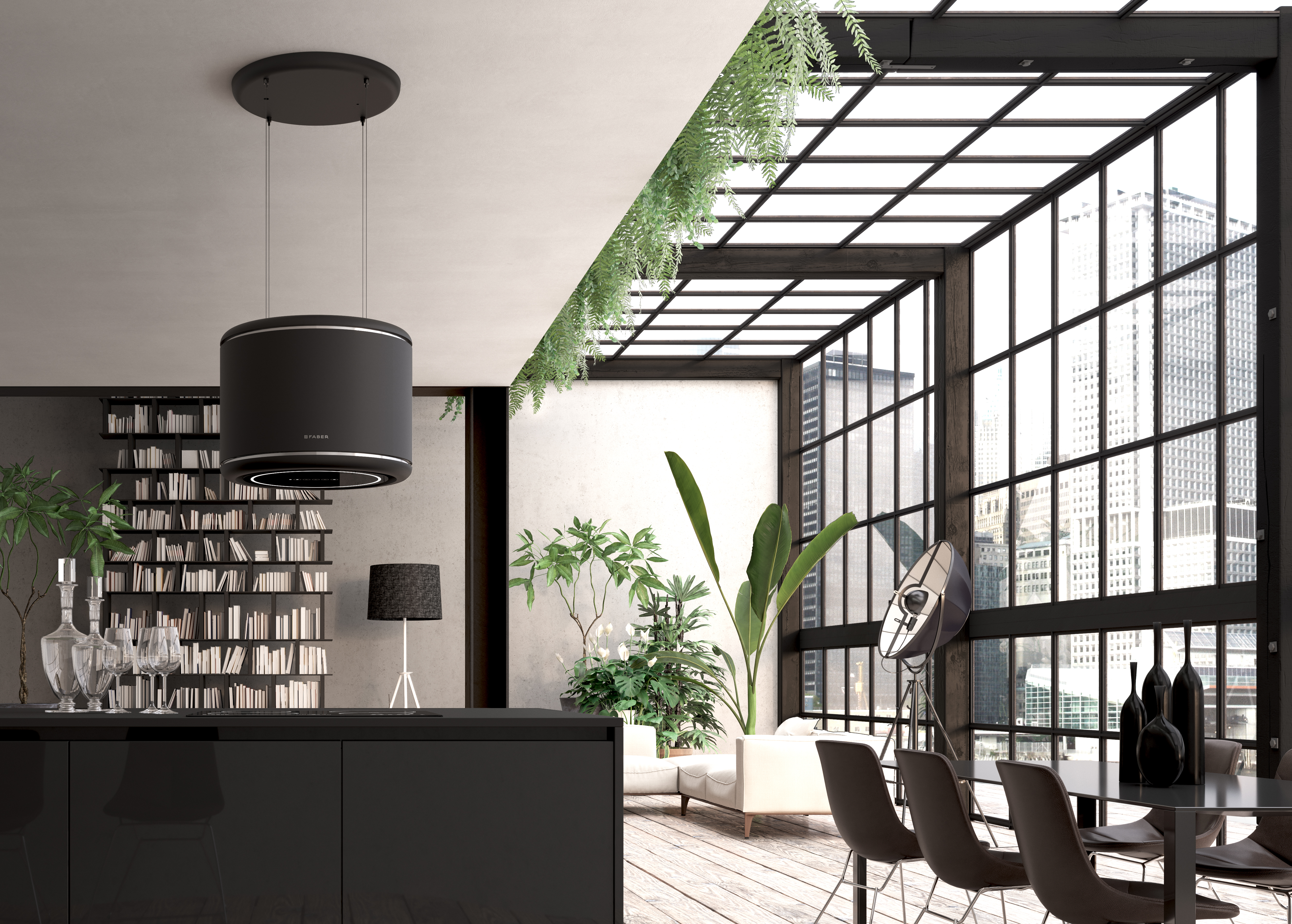
The main factor to consider when choosing your cooker hood is the positioning in your kitchen, and in particular, if it is positioned against an external wall. Overall, whether your cooker hood extracts or recirculates, you should opt for quality of their internal system. Factors such as energy efficiency and ease of use can often depend on the brand or the type of hood you choose. Here is some information on the types of hood available to you at Rangecookers...
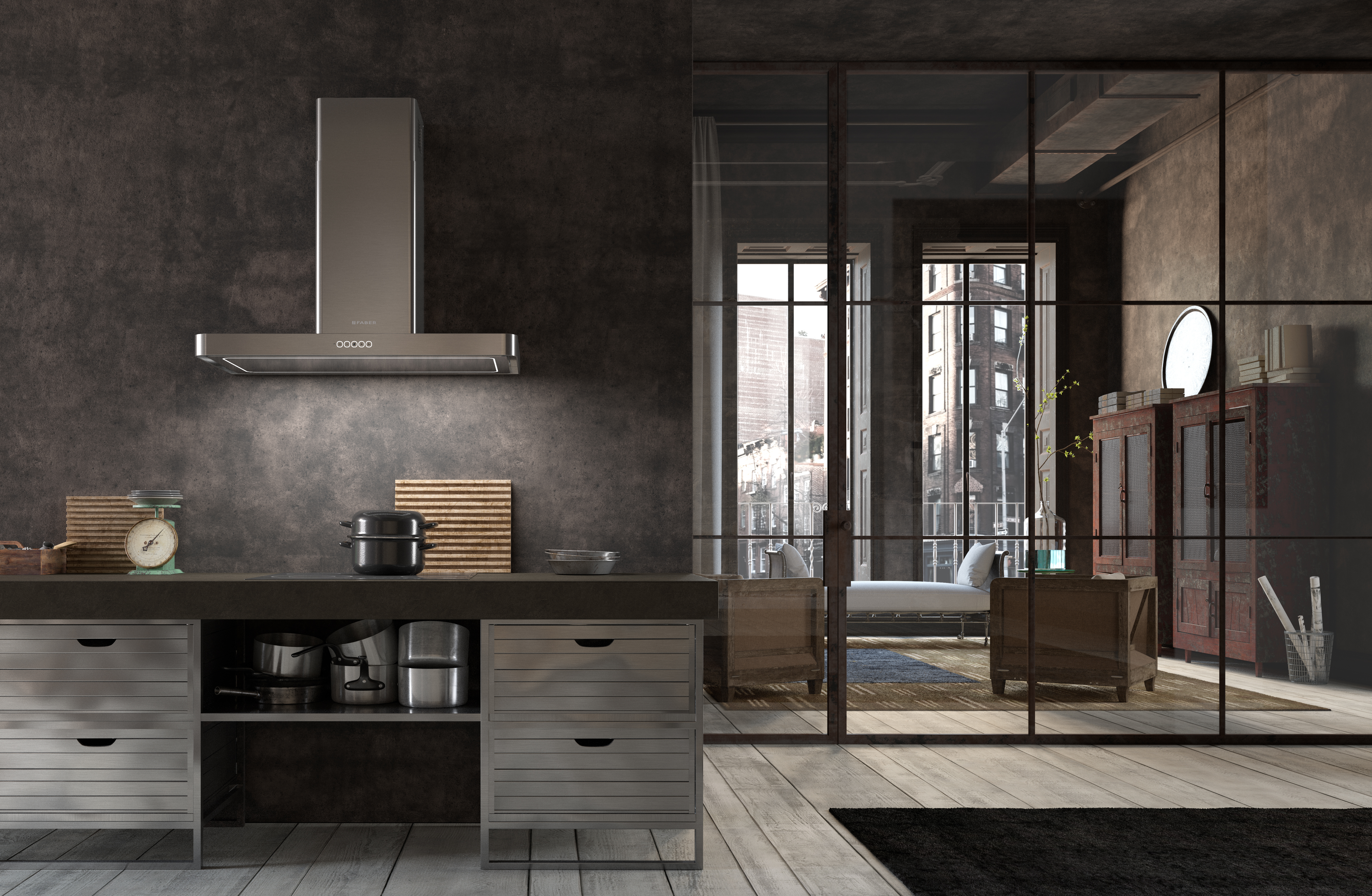
Wall mounted hoods often resemble a chimney in shape, being wider at the bottom and narrow at the vent. They add a style statement to your kitchen and powerfully extract any odours. They are typically more expensive than integrated hoods but often look more aesthetically pleasing in a kitchen and the more logical choice to install. At Rangecookers we offer a variety of types when it comes to wall mounted hoods, from the traditional to the super modern.
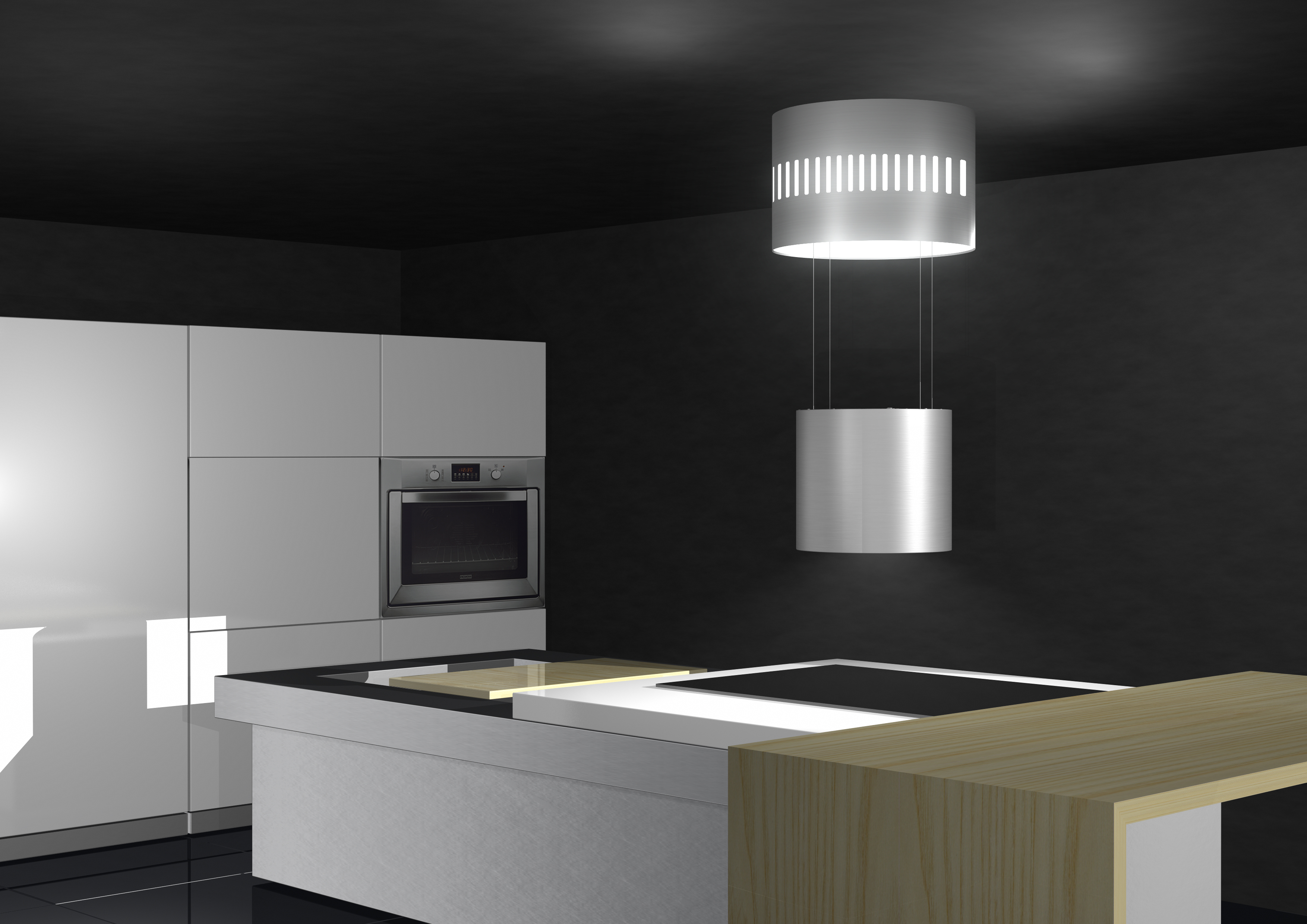
For cookers placed as part of an island in the centre of the kitchen, an island hood is a great choice. You are free to position your cooker wherever you want it, with all sides of the hood being visible as it is suspended from the ceiling. One of the more glamorous of the hoods available, an island hood is one of the biggest and most expensive hoods to choose from. They attach directly to the ceiling or are suspended above, so you will need the height space within your kitchen for this. A lot of island hoods are now made to look more like a lighting feature to create a more visually appealing look.
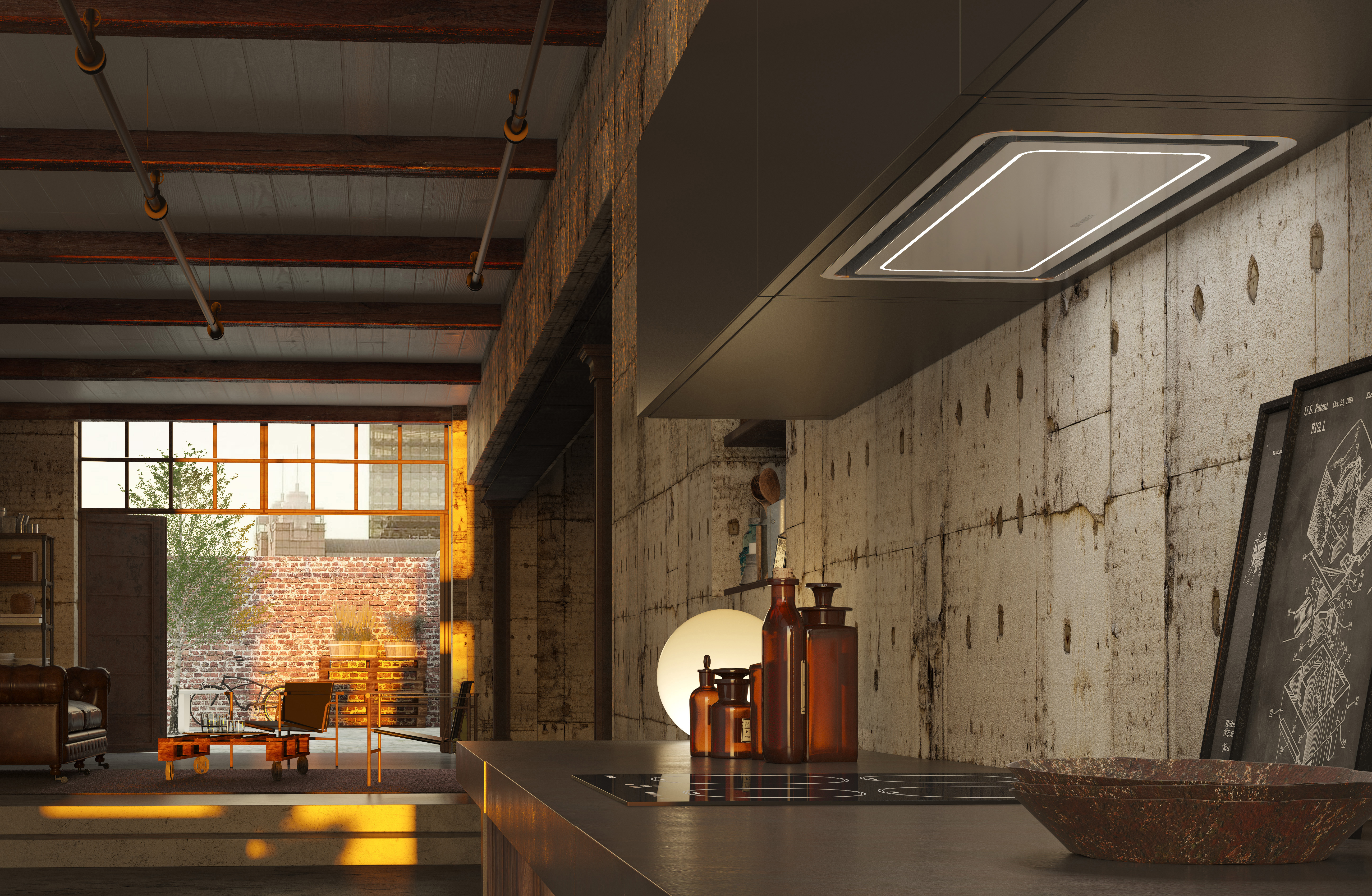
A hidden cooker hood is perfect for those who do not want to make it a design feature. They are integrated either into a cabinet or underneath the cabinet and can be disguised as any other wall cupboard. They are very simple to use and are ideal for smaller hobs rather than the larger models. These hoods are seamless, compact and will not impact on your kitchen's aesthetic. Under cabinet hoods can either include ducts that will transport the smoke and air out of the kitchen or without ducts that will recirculate the air back into the kitchen.
Some hoods have the option of operating as either an extraction or recirculation hood but it is all about deciding which process is better for you when installing it. Depending on which model you choose, you may need to purchase additional parts like extraction kits or filters. If you would like to discuss which cooker hood would be best for your kitchen or have any questions about any products mentioned, please call our team on 01244 402 975 or visit our website.

